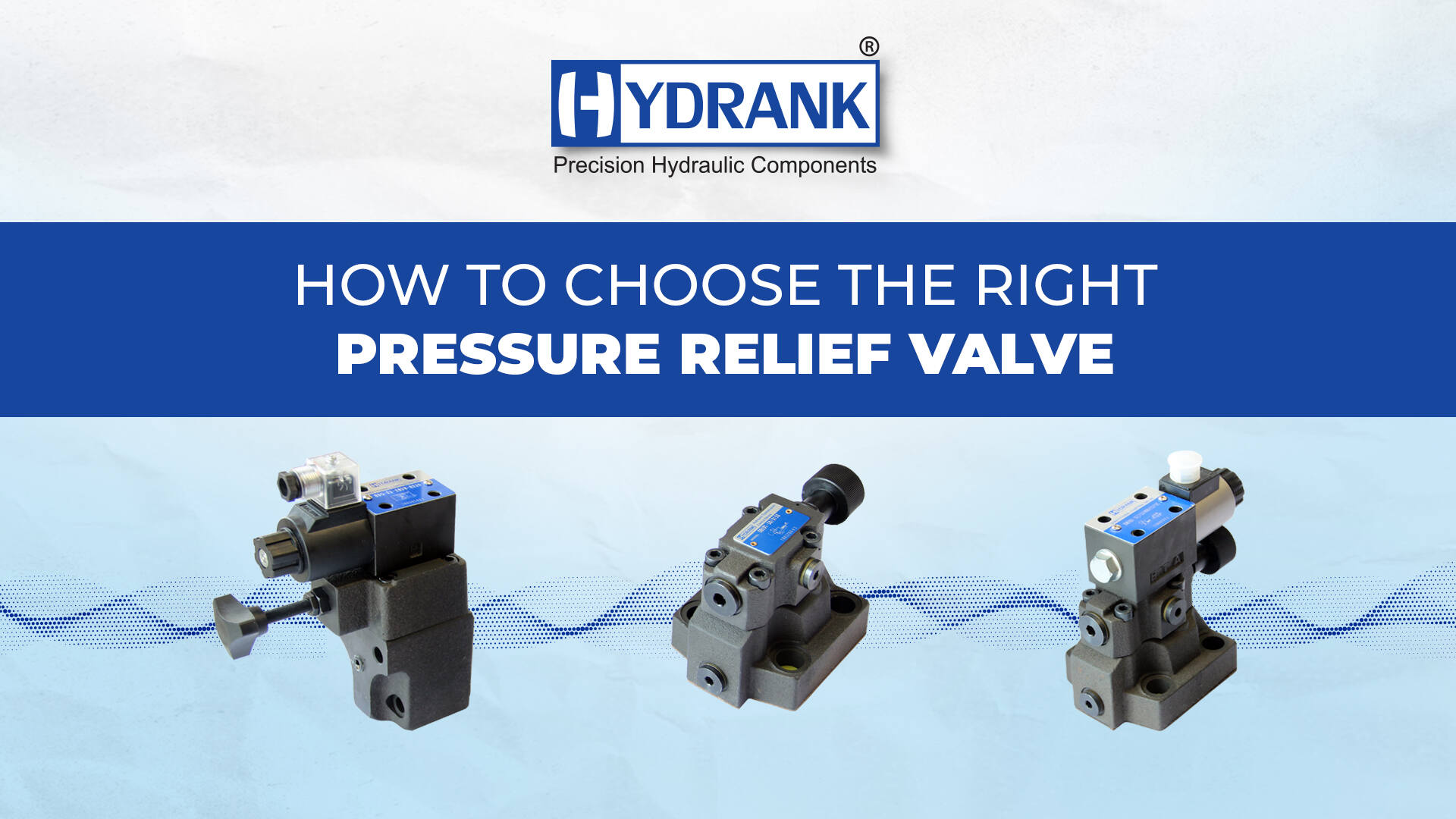-
How to Choose the Right Pressure Relief Valve

Choosing the appropriate pressure relief valve is critical to the safety and efficiency of any pressurized system. Pressure relief valves (PRVs) are intended to prevent systems from overpressure, which can result in equipment failure, explosions, and other serious safety issues. Given the wide range of applications and the crucial role these valves play, it is critical to select the best one for your unique requirements. Here’s a detailed guide to help you make an informed selection. Learn How to Choose the Right Pressure Relief Valve With Shriank.
Understanding Pressure Relief Valves
A pressure relief valve is a device that relieves excess pressure within a system to prevent failure. They are most commonly employed in the oil and gas, chemical processing, and power generation industries. The appropriate pressure relief valve guarantees that the system is run safely, protecting both equipment and personnel.
Key Considerations in Valve Selection
System Requirements
Understanding your system’s specific requirements is the first step in choosing an appropriate pressure relief valve. The operating temperature and the pressure range shall be included as well as the type of liquid, gas, or steam. To select the appropriate types of valves that can cope adequately with system conditions, it is helpful to know these parameters.
Valve Design
Pressure relief valves come in various designs, each suited for different applications. The most common designs include:
Spring-loaded valves: These use a spring to keep the valve closed until the pressure reaches a certain level. They are appropriate for a wide range of applications due to their simplicity and dependability.
Pilot-operated valves employ system pressure to open and close the valve. They are commonly employed in high-pressure situations that need precision control.
Balanced bellows valves: These are designed to withstand backpressure and are commonly employed in systems where backpressure may impact valve performance.
Understanding the advantages and limitations of each design is crucial for choosing the right pressure relief valve.
Set Pressure and Blowdown
The set pressure is the point at which the valve opens to release excess pressure. It should be configured to match the system’s maximum permitted working pressure (MAWP). The blowdown is the pressure drop required to return the valve to the closed state. Both characteristics are crucial to ensuring that the valve functions properly in overpressure conditions.
Flow Capacity
It is necessary to match the system’s requirements with the valve’s flow capacity or the amount of fluid that can be discharged. To ensure that the valve can relieve the pressure at the required rate, it is often referred to as a discharge coefficient of Cv. The correct size of the valve is essential, as an undersized valve does not offer adequate protection and a large valve may lead to unnecessary system disruption.
Materials of Construction
The fluid and operating conditions of the system must be compatible with the materials used to manufacture a pressure relief valve. Common materials include stainless steel, brass, and other alloys. Material selection is impacted by the valve’s durability, corrosion resistance, and compatibility with specified temperature and pressure conditions.
Certifications and Standards
It is essential to ensure that the pressure relief valve complies with industry standards and certificates. Guidelines on the design, testing, and installation of pressure relief valves are provided by standards that include ASME, API, or ISO. The choice of a valve that complies with these standards shall ensure that it is thoroughly tested and fulfills the respective safety and performance requirements.
Maintenance and Testing
Pressure relief valves require regular maintenance and testing to operate reliably. Consider valves that are built for simplicity of maintenance, with features that enable in-place testing and minimal downtime. Proper maintenance ensures that the valve is in good operating order and can provide dependable protection throughout its service life.
Conclusion
In Conclusion Of How to Choose the Right Pressure Relief Valve- A thorough understanding of your system’s requirements, the variety of valve designs available, and essential parameters that guarantee security and effective operation are required to select the right pressure relief valves. You can select a pressure relief valve that provides optimum protection and performance by taking into account factors such as system requirements, valve design, setting pressures, flow capacity, materials of construction, certification, or maintenance needs.
ShriAnk offers a broad variety of pressure relief valves under the HYDRANK name. This includes REXROTH and YUKEN’s design of pilot-operated relief solenoid valves, which can meet a wide range of industrial functional requirements. You can assure the safety and dependability of your pressurized system by selecting an appropriate valve from our HYDRANK range, with the added assurance that we give quality and professional guidance.
India's Largest Hydraulic Vane Pump Supplier
contact us: +91 98980 09148
Delivery
Prompt and accurate delivery
Client Servicing
Pro after-sales customer support
Quality assurance
Top quality standards
Export
More then 10 countries
